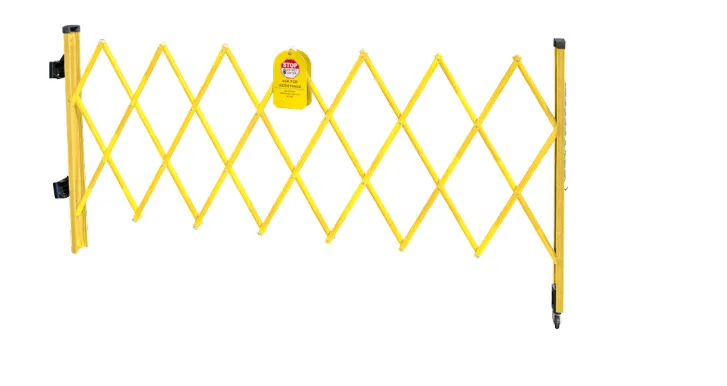Navigating Events Safely: The Importance of Crowd Control Barricades
As we gather in ever-growing numbers for events, concerts, protests, and festivals, the importance of crowd control measures becomes increasingly evident. Ensuring the safety and smooth flow of crowds is paramount, and one of the unsung heroes in this arena is the humble crowd control barricade. These unassuming barriers play a vital role in maintaining order, managing crowds, and ultimately, keeping attendees safe.
The Anatomy of Crowd Control Barricades
Crowd control barricades, often seen lining the streets during parades or corralling concert-goers, come in various shapes and sizes. They can be made of metal, plastic, or even wood, each with its own strengths and ideal use cases.
Metal barricades are the workhorses of crowd control. Made from sturdy materials like steel, they provide a robust barrier that can withstand considerable pressure. These are often used in high-traffic areas where durability and security are paramount.
Plastic barricades, on the other hand, offer versatility and ease of handling. Lightweight and portable, they can be quickly deployed and rearranged as needed. While not as sturdy as their metal counterparts, they are still effective for guiding pedestrian traffic and delineating boundaries.
Wooden barricades strike a balance between durability and aesthetics. Commonly used for outdoor events and street festivals, they blend into their surroundings while still providing a solid barrier. Wooden barricades are often preferred for their rustic charm and natural appeal.
The Role of Crowd Control Barricades
Crowd control barricades serve multiple purposes, all aimed at ensuring the safety and organization of large gatherings:
-
Safety: Perhaps the most crucial role of barricades is to prevent accidents and injuries by creating a physical barrier between the crowd and potential hazards. Whether it's keeping spectators off the road during a parade or delineating restricted areas at a construction site, barricades are instrumental in maintaining safety protocols.
-
Crowd Management: Large crowds can quickly become chaotic without proper guidance. Barricades help channel the flow of pedestrian traffic, preventing overcrowding and facilitating orderly movement. By creating designated pathways and queue lines, they help maintain order and minimize congestion.
-
Security: In today's world, security is a top priority at public events. Barricades can be used to establish secure perimeters, control access points, and deter unauthorized individuals from entering restricted areas. When equipped with features like locking mechanisms and anti-climb extensions, they serve as effective barriers against potential threats.
-
Event Branding and Sponsorship: Beyond their functional role, barricades can also serve as a canvas for branding and sponsorship opportunities. Event organizers often customize barricades with logos, slogans, or advertisements, turning them into promotional assets that enhance the overall ambiance of the event.
Best Practices for Effective Crowd Control
While crowd control barricades are invaluable tools, their effectiveness depends on proper deployment and strategic placement. Here are some best practices for maximizing their effectiveness:
-
Plan Ahead: Conduct a thorough risk assessment and develop a crowd management plan tailored to the specific event venue and expected attendance. Determine the optimal placement of barricades to guide the flow of traffic and mitigate potential risks.
-
Use Appropriate Barricades: Select barricades that are suitable for the environment and anticipated crowd dynamics. Consider factors such as crowd size, venue layout, and potential security threats when choosing between metal, plastic, or wooden barricades.
-
Secure Barricades Properly: Ensure that barricades are securely anchored to the ground to prevent them from being toppled or moved by strong winds or unruly crowds. Use sandbags, weights, or anchoring systems to stabilize the barricades, especially in outdoor settings.
-
Provide Clear Signage: Use signage and barriers to communicate important information to event attendees, such as entrance and exit points, designated pedestrian pathways, and restricted areas. Clear signage helps prevent confusion and ensures that attendees can navigate the event safely.
-
Monitor and Adjust as Needed: Continuously monitor crowd dynamics and be prepared to adjust barricade placements or deploy additional barriers as the situation warrants. Flexibility and adaptability are key to effectively managing evolving crowd conditions.
Conclusion
Crowd control barricades may not always command the spotlight, but their role in ensuring the safety and organization of events cannot be overstated. From guiding pedestrian traffic to enhancing security and branding opportunities, these unassuming barriers play a vital role in facilitating memorable and incident-free gatherings. By understanding their capabilities and implementing best practices for deployment, event organizers can harness the power of crowd control barricades to create safer, more enjoyable experiences for attendees.

